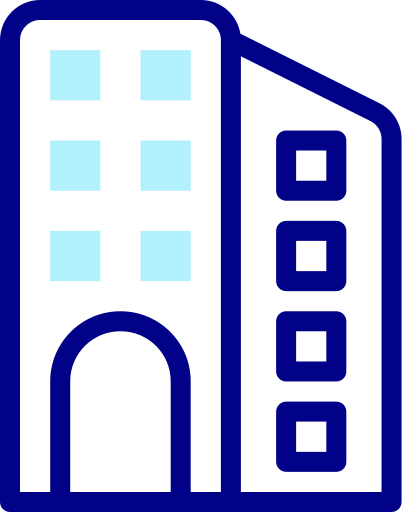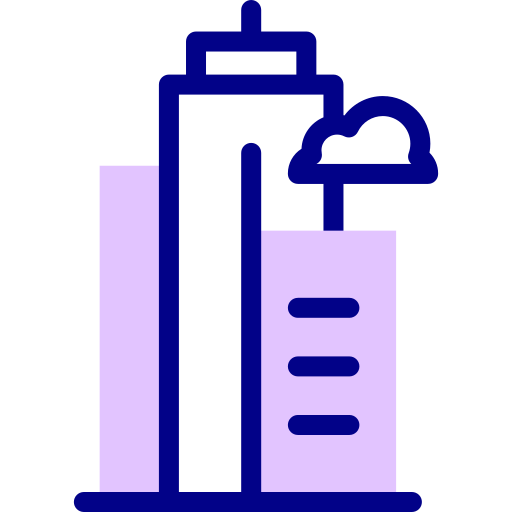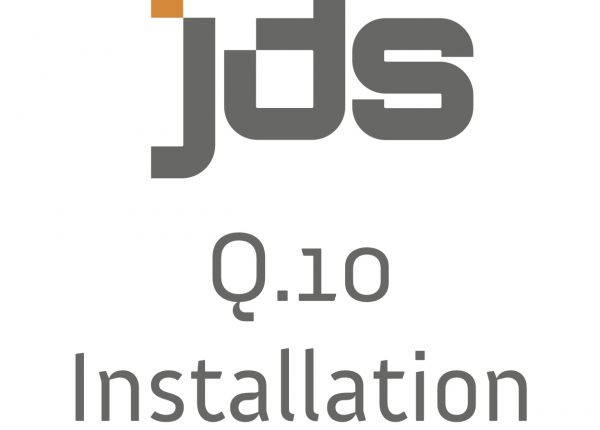As the way people receive and respond to information changes, the demand for fast, real-time messaging is on the rise. In response, businesses across all industries are adopting digital signage to better connect with their audiences — whether it’s to drive sales, share timely updates or boost engagement. This growing demand has been a key driver in the growth of the digital signage market.
As adoption increases, digital signage is quickly becoming an essential part of modern business strategy. In this blog, we’ll explore the top digital signage industry applications, the benefits they’re seeing and how your business can tap into this powerful tool.
Top industries using digital signage
Retail
Retailers were among the earliest adopters of digital signage — and for good reason. Whether it’s a fashion boutique or a large supermarket chain, digital signage in retail drives foot traffic, promotes high-margin products and boosts in-store engagement.
Retailers use digital screens to showcase flash sales, feature product demos and upsell at the point of purchase. Shelf-edge displays and interactive kiosks offer personalised experiences that can directly influence buyer behaviour.
Healthcare
Hospitals, clinics and medical practices rely on digital signage to communicate clearly in often stressful environments. Real-time updates can inform patients of wait times, display health information and direct visitors to the correct department. Queue management systems integrated with signage reduce perceived wait times, while digital noticeboards can improve staff communication across shifts.
Education
Digital signage on school and university campuses helps centralise communication. From class changes and safety alerts to event promotion and digital noticeboards, educational institutions use signage to keep students, staff and visitors informed. Touchscreen wayfinding kiosks are especially useful in large campuses to help navigate buildings efficiently.
Hospitality and restaurants
In the hospitality sector, digital signage helps venues improve guest experience and streamline operations. Hotels use signage in lobbies for wayfinding, welcome messages and conference and event schedules. Restaurants and quick-service outlets use digital menu boards to update pricing, rotate specials and display dynamic content that encourages impulse purchases — all without the need to reprint signs.
Corporate and offices
Digital signage has become a vital communication tool in corporate environments. Companies use it to share company updates, KPIs and internal announcements. Screens in reception areas welcome visitors and reinforce branding, while digital wayfinding in large office buildings helps people navigate more efficiently. It’s also ideal for emergency messaging and compliance reminders.
Transportation
Airports, train stations and bus terminals use digital signage to deliver real-time information at scale. This includes arrival and departure schedules, gate changes and emergency alerts. Digital signage reduces passenger frustration, improves flow and enhances the overall travel experience. It also opens the door for dynamic advertising opportunities targeting commuters.
Key benefits of these digital signage industry applications
Digital signage delivers far more than aesthetic appeal. Its value lies in functionality, flexibility and impact. Here are some of the most compelling advantages across sectors:
- Customisable messaging and real-time updates — Instantly change content across multiple locations or screens to reflect new offers, emergency alerts or updated information.
- Increased customer engagement and brand awareness — Eye-catching visuals and interactive displays draw attention, keep viewers engaged longer and reinforce your brand identity.
- Operational efficiency and cost savings — Reduce reliance on printed materials, streamline information flow and lower long-term operating costs with remote content management.
As the digital signage market continues to grow, these advantages will become increasingly important for businesses that want to stay competitive and responsive.
How businesses can implement digital signage effectively
Investing in digital signage is a smart move, but your business may need a strategy tailored to your industry and goals. Here’s how to get the most out of it:
- Choose the right technology. Different industries have different signage needs. Retailers might benefit most from interactive displays and electronic shelf labels, while hospitals may require queue management systems and directional screens.
- Prioritise content strategy and placement. Effective digital signage isn’t just about the screen. It’s also about what you display and where you place it. Create content that’s timely, relevant and visually appealing. Position screens in high-traffic areas to maximise visibility and engagement.
- Work with an expert provider. A trusted digital signage partner like Just Digital Signage can help you avoid common pitfalls and implement a solution that truly works. From hardware selection and installation to content management and training, we’ll ensure your signage performs as expected — now and in the future.
Harness the rising digital signage market growth with Just Digital Signage
At Just Digital Signage, we’ve worked with businesses across all major industries to design and deliver tailored signage solutions that drive real results. Whether you’re in retail, education, healthcare or hospitality, we’ll help you identify the best tools for your space and guide you through every step of implementation.
See what fits your business best — partner with us today and discover how we can help your business take full advantage of digital signage industry applications.










